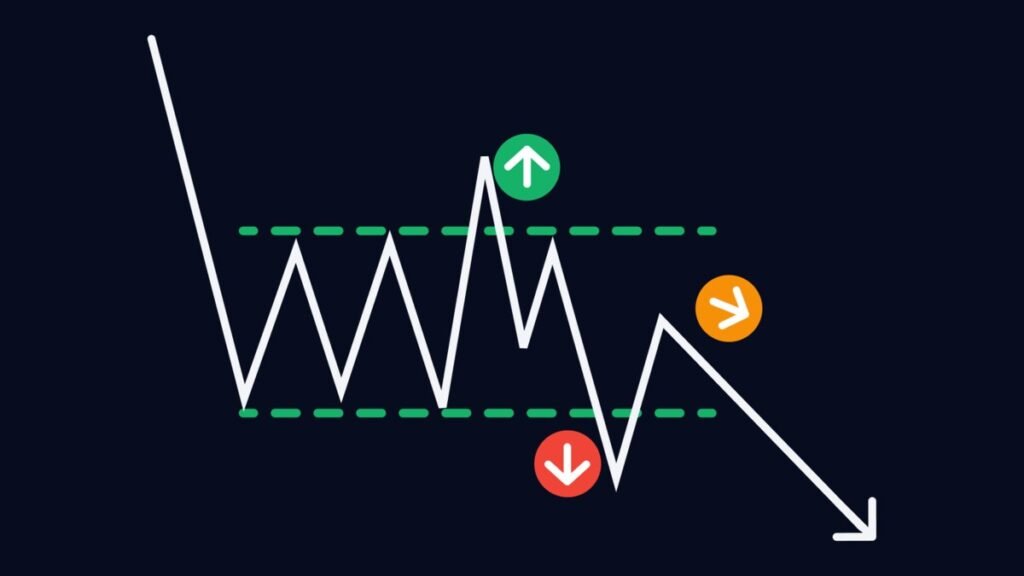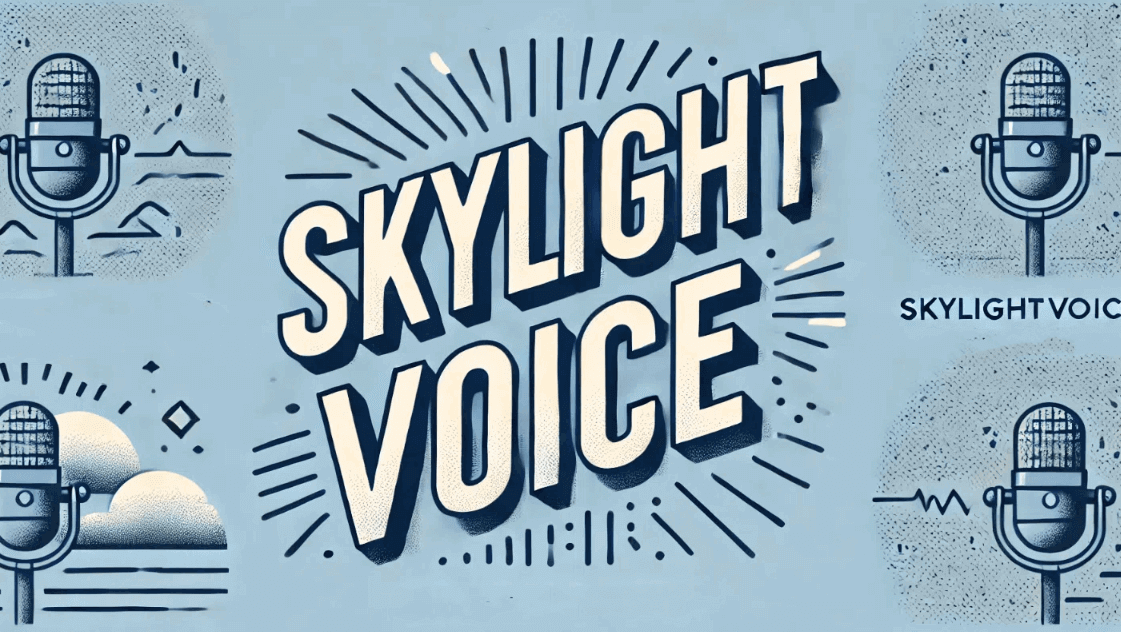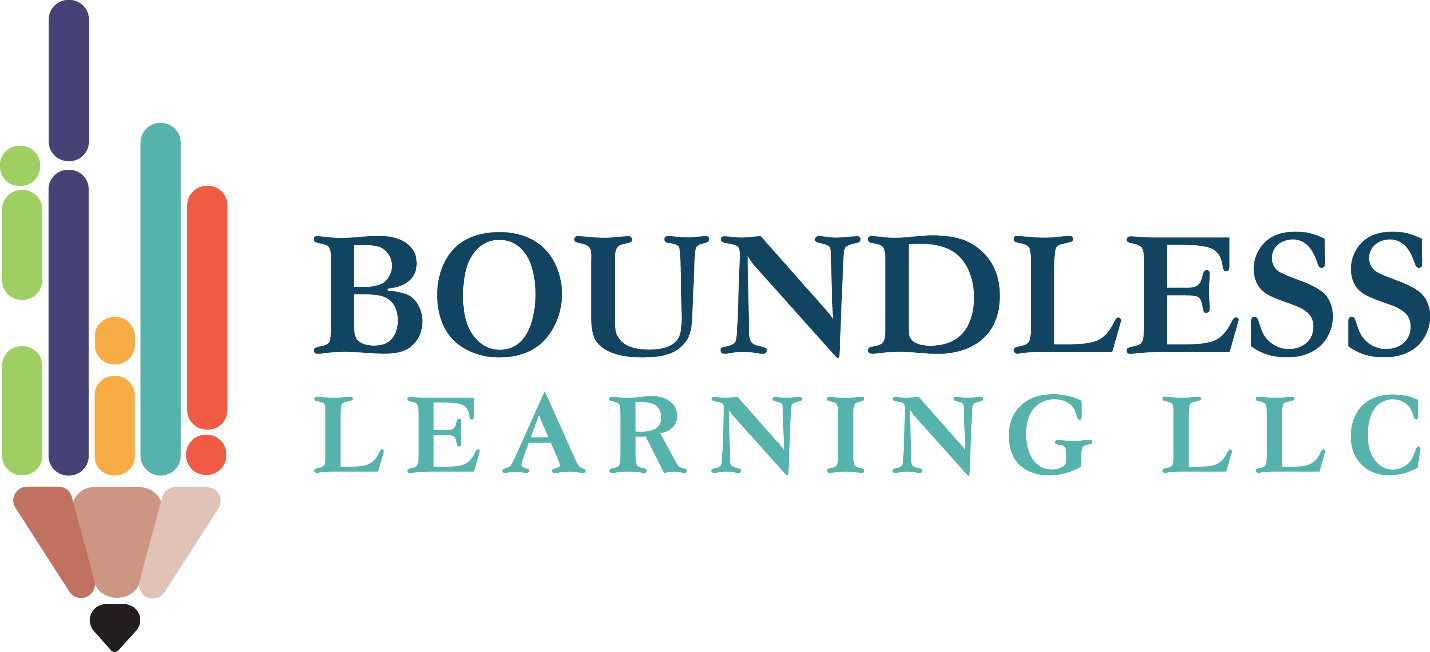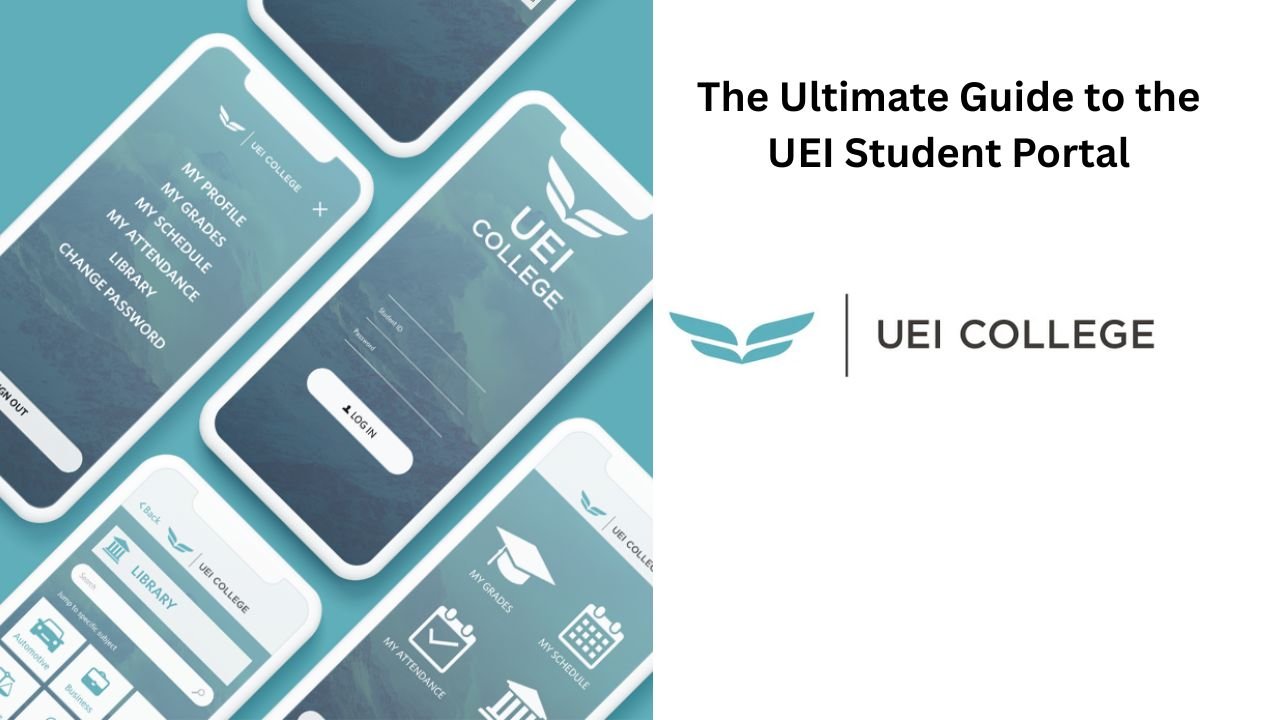Blogging isn’t dead — it just evolved.
In 2025, starting a blog is still one of the best ways to make money online, but here’s the catch: most people do it wrong.
They treat blogging like a hobby, write about random things, don’t understand how to bring in traffic, and give up after a few months when the money doesn’t come in.
But if you’re ready to play it smart, build something real, and follow a proven plan, you can start a blog that makes money — and maybe even quit your 9–5.
This guide breaks everything down into clear steps — no tech jargon, no fluff. Just real talk, straight-up advice, and a few personal stories to help it all click.
Why Start a Blog in 2025?
Let’s be real: people spend hours a day scrolling TikTok and Instagram. So why would anyone still start a blog?
Because a blog is one of the few platforms you fully own.
You don’t have to worry about an algorithm burying your content or a platform shutting down. Plus:
- Blog content is searchable for years (unlike that 24-hour Instagram Story)
- You can earn passive income from older posts
- It’s easier than ever to start, with platforms like WordPress, Squarespace, and Wix
- Blogging connects you to a community and builds your brand
Here’s a quick story:
In 2020, my friend Jen started a simple blog about baking. She wasn’t a tech whiz — just loved sharing recipes. Fast-forward to 2023, she was making over $5K a month through affiliate links, ads, and a digital recipe book she created for $12 on Canva. No viral TikToks. Just blogging.
If she can do it, you can too.
Step 1: Choose the Right Niche (Don’t Skip This)
This is where most people mess up. They start a blog about everything — travel, parenting, motivation, productivity, and their cat.
Don’t do that.
To start a blog that makes money, you need to focus.
Pick a niche that checks these boxes:
- You’re interested in it (so you won’t quit in a month)
- Other people care about it too (there’s an audience)
- There are products or services related to it (so you can monetize)
Here are examples of profitable blog niches in 2025:
- Personal finance
- Health and wellness
- Parenting
- Remote work and freelancing
- Tech reviews
- Productivity and mindset
- DIY crafts and home decor
- Travel on a budget
- Digital marketing
- Side hustles
You don’t have to be an expert — just be a few steps ahead of your readers and genuinely helpful.
Step 2: Pick a Blogging Platform
Now it’s time to set up your blog. The best tool for this is WordPress.
There are two types:
- WordPress.com (hosted for you)
- WordPress.org (self-hosted, more control, more freedom)
Go with WordPress.org. Yes, it takes an extra step or two, but you’ll thank yourself later.
To get started:
- Buy a domain name (use Namecheap or GoDaddy)
- Choose a hosting provider (SiteGround, Bluehost, or Hostinger are good)
- Install WordPress in one click
- Choose a simple, clean theme (don’t overthink it)
In under an hour, you can have a live blog. Just don’t get stuck tweaking colors all day — focus on content.
Step 3: Create 5–10 High-Quality Posts Before Launch
You don’t want people landing on an empty blog. So before you tell the world, write a few pillar posts — the kind of content that solves real problems for your readers.
Use this content plan to start:
- How-to post (e.g., “How to Save $500 a Month Without Feeling Broke”)
- List post (e.g., “15 Side Hustles You Can Start This Weekend”)
- Personal story (e.g., “How I Paid Off $20K in Debt by Freelancing”)
- Product review or comparison
- Beginner’s guide (e.g., “Blogging for Beginners: What I Wish I Knew”)
Each post should be helpful, clear, and around 1,000–2,000 words. Use subheadings, bullet points, and real-life examples. And make sure to include relevant keywords naturally — like “make money blogging,” “start a blog,” or “passive income.”
Step 4: Set Up Your Essential Pages
Before you launch, make sure your blog has:
- About Page – Tell people who you are and what your blog is about
- Contact Page – So brands and readers can reach you
- Privacy Policy + Disclaimer – Especially if you plan to use ads or affiliate links
You can use free templates online for the legal pages. It doesn’t need to be fancy — just cover your basics.
Step 5: Start Driving Traffic (Without Paying for Ads)
You can write the best content in the world, but if no one sees it, you won’t make a dime.
So how do you get people to your blog?
Here are 5 free ways to drive traffic:
1. SEO (Search Engine Optimization)
This is how you show up on Google. Use tools like Ubersuggest or Ahrefs to find low-competition keywords people are searching for. Then build blog posts around those.
Example: Instead of writing “My Morning Routine,” write “Morning Routine for Work-from-Home Moms” — it’s more specific and searchable.
2. Pinterest
Pinterest is still gold for bloggers. It’s basically a visual search engine. Create pins for your posts using Canva, link them back to your blog, and use keyword-rich titles and descriptions.
3. Quora + Reddit
Find questions people are asking in your niche. Give a helpful answer — then link to your blog post for more info (without spamming).
4. Email List
Start one early. Even if it’s 5 subscribers, that’s 5 people who care. Offer a simple freebie (like a checklist or guide) in exchange for their email.
5. Guest Posting or Collaborations
Write for other blogs, swap newsletters, or co-create posts. It’s a great way to grow faster.
Step 6: Monetize Your Blog
Okay, let’s talk money.
There are multiple ways to make money blogging, but not all are equal. Here are the most common (and effective):
1. Display Ads
Once you have consistent traffic (usually 10k+ monthly views), apply to ad networks like Mediavine or Raptive (formerly AdThrive). They’ll show ads on your blog, and you get paid per view.
Not huge at first, but it adds up.
2. Affiliate Marketing
You recommend a product, and if someone buys it through your link, you earn a cut.
For example:
- Link to tools you use (like Bluehost or Grammarly)
- Recommend Amazon finds
- Share digital courses you’ve taken
Just be honest. People can smell fake reviews a mile away.
3. Digital Products
Once you know your audience, create something they need:
- An ebook
- Templates
- Printables
- Courses
It takes effort up front, but it’s pure profit after that.
4. Freelance Services or Coaching
If you blog about design, offer design services. If you write about budgeting, offer 1:1 money coaching. Your blog becomes your proof of expertise.
Step 7: Be Consistent — Not Perfect
This part is the hardest. It’s where most people quit.
But the truth is, blogging is a long game.
You won’t make money in week one. You might not in month one either. But if you post consistently, optimize for SEO, and learn as you go, you’ll start to see growth.
I always say this:
The people who win at blogging aren’t the smartest — they’re the most consistent.
Final Thoughts
Starting a blog in 2025 is still a smart, low-cost way to build online income, grow an audience, and share your ideas with the world.
But success doesn’t come from randomly posting. It comes from:
- Picking the right niche
- Solving real problems
- Writing with strategy
- Learning how to monetize a blog
- Showing up — even when it’s slow
And remember — your blog doesn’t have to be perfect. It just has to be useful.














Leave a Reply